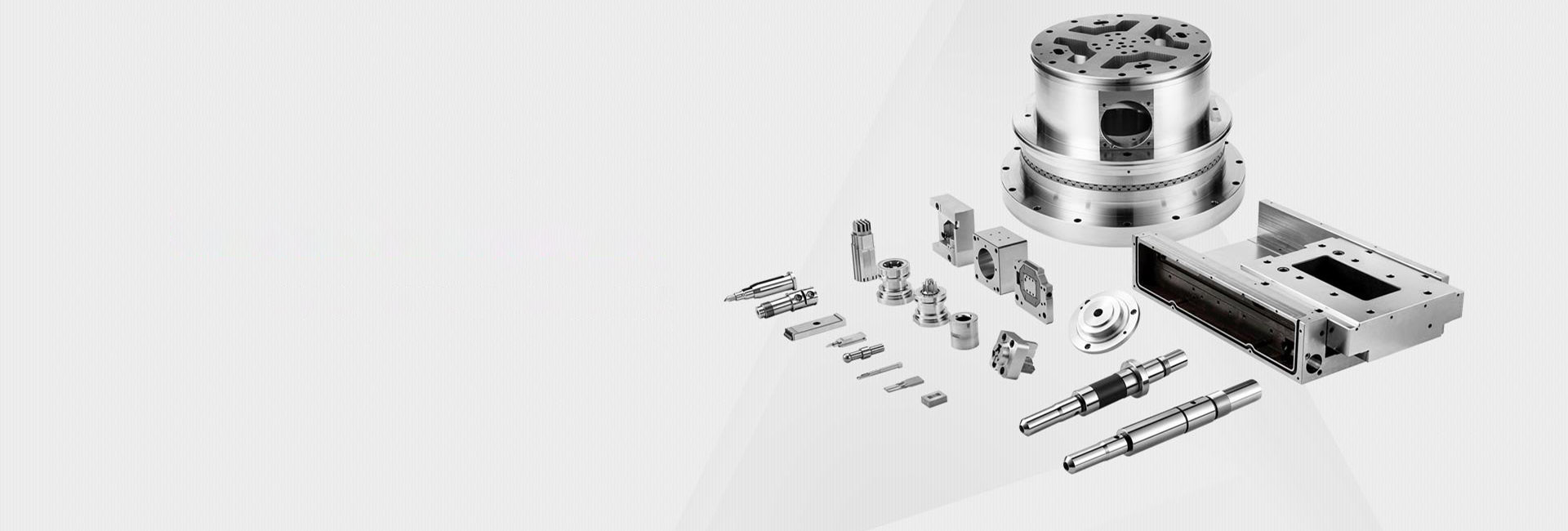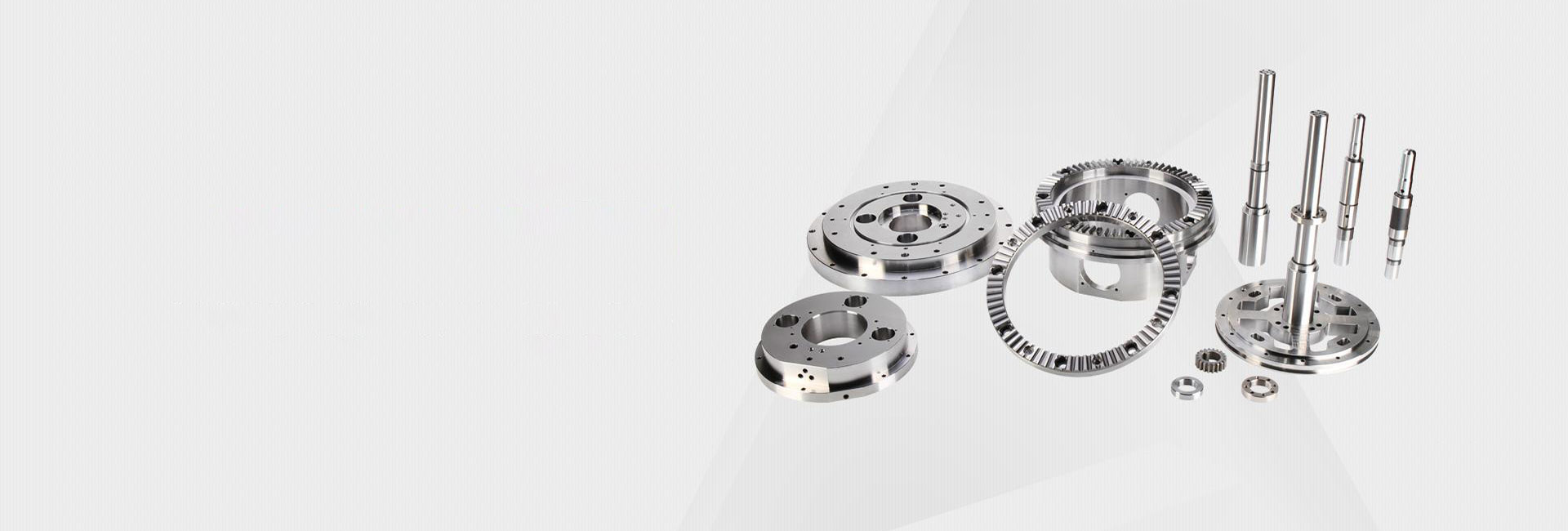Small High-Precision Parts CNC Machining: Key Considerations and Common Pitfalls
Ever felt that sinking feeling when a batch of tiny, intricate parts comes back from machining... and they're just not right? 😫 If you're sourcing or designing small high-precision components, you know the struggle is real. Tolerances are tight, margins for error are zero, and the cost of failure is high. So, what are the crucial things to watch out for to ensure your project succeeds? Let's dive in. 🚀
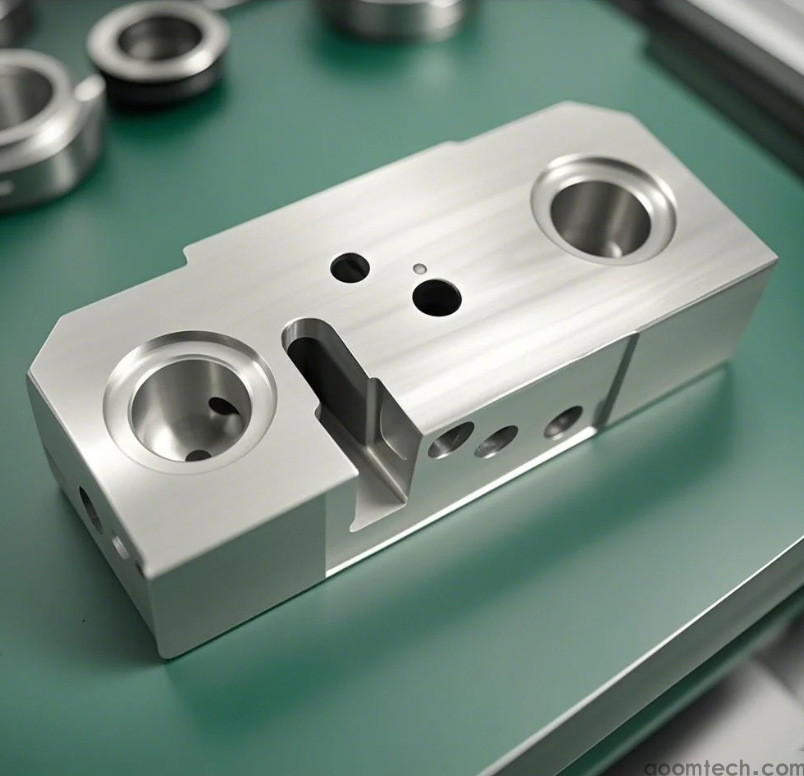
Why is Small High-Precision CNC Machining So Tricky?
It's not just about making things small. When parts get tiny, everything gets amplified. A tiny vibration that's nothing for a big block of metal can ruin a micro-part. Heat from the cutting tool can warp a delicate feature in a blink. Heck, even holding the darn thing without distorting it is a challenge! We're talking about a world where a human hair seems massive. This complexity is why the relationship between high-precision零部件设计 and machining is a delicate dance. 💃
Top Considerations for Your Miniature Marvels
Okay, so what should you really be focusing on? Here are the big ones.
1. Material Matters (More Than You Think)
You can't just pick any metal or plastic. For small parts, the material's internal structure and how it behaves under stress and heat is everything. Some alloys machine beautifully when bulky but become a nightmare when you try to create fine details. The choice of material directly impacts tool life and the final surface quality.
2. Tolerances: The Tightrope Walk
Everyone wants super tight tolerances. But here's the thing: the tighter the tolerance, the higher the cost and the higher the risk. You have to ask, "Does this *really* need to be ±.001mm, or would ±.005mm work perfectly?" Specifying unnecessarily tight tolerances is one of the most common mistakes that drives up cost without adding value. It's a key part of smart 高精密零部件设计.
3. The Art of Holding it Steady
This is a huge one that's often overlooked. How do you grip a tiny, delicate part without crushing or bending it? Standard vises are often out of the question. Machinists might use specialized fixtures, vacuum chucks, or even custom mandrels. This is a area where close collaboration with your machining partner is essential, as the CNC加工 approach depends entirely on a secure hold.
Common Pitfalls and How to Sidestep Them
Let's talk about mistakes so you can avoid them.
Avoiding the "Thin Wall" Trap
Designing super thin walls might look elegant on screen, but in reality, they can vibrate during cutting, leading to a terrible surface finish, or worse, breaking. They can also warp during machining or any subsequent heat treatment. While thin walls are sometimes necessary, their successful creation perhaps suggests a highly optimized process.
Tooling Limitations: The Unseen Bottleneck
There's a physical limit to how small a cutting tool can be. A super tiny drill bit is fragile and can deflect (bend) easily, meaning the hole won't be where you designed it. This is a hard physical constraint. I have to admit, the exact maximum aspect ratio for a micro-drill in titanium is a bit outside my wheelhouse – that's a question for a tooling specialist with that specific material data.
Deburring: The Devil in the Details
On a large part, a tiny burr (a sharp edge left from cutting) is no big deal. On a small precision part, a burr can be a monster that prevents assembly or ruins function. Manual deburring is time-consuming and inconsistent. Planning for how burrs will be removed—maybe with thermal or electrochemical methods—is a critical step that's often forgotten in early 高精密零部件设计 stages.
My Two Cents: Communication is Your Secret Weapon
After seeing countless projects, here's my personal take. The biggest factor for success isn't just the design or the machine—it's talking to your machining partner early. Don't just throw a finished CAD drawing over the wall. Involve them during the design phase. They can spot potential manufacturing nightmares before they're locked in, suggest design tweaks that make the part easier and cheaper to produce, and recommend the best CNC加工 strategies. This collaboration turns a good design into a manufacturable, successful part. It's the ultimate hack. 😎
Anyway, the journey from a digital model to a perfect physical part is full of little nuances. Getting it right requires a blend of smart design, smart planning, and a great partnership with your manufacturer. Hopefully, keeping these points in mind saves you from a headache on your next big (or rather, very small) project!
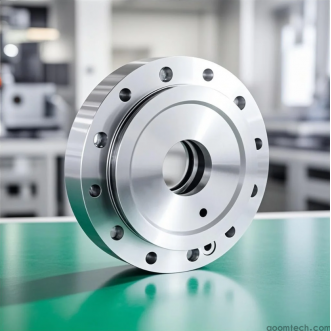 How to Find Reliable CNC Machi
How to Find Reliable CNC Machi
 How to Find Reliable CNC Machi
How to Find Reliable CNC Machi
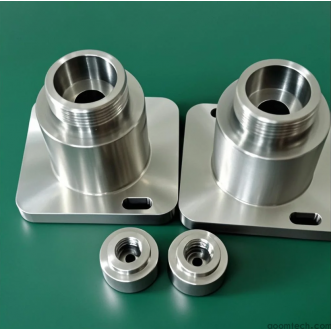 How Much Does Small Batch CNC
How Much Does Small Batch CNC
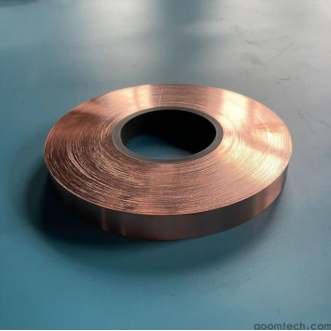 How to Prevent Deformation in
How to Prevent Deformation in

